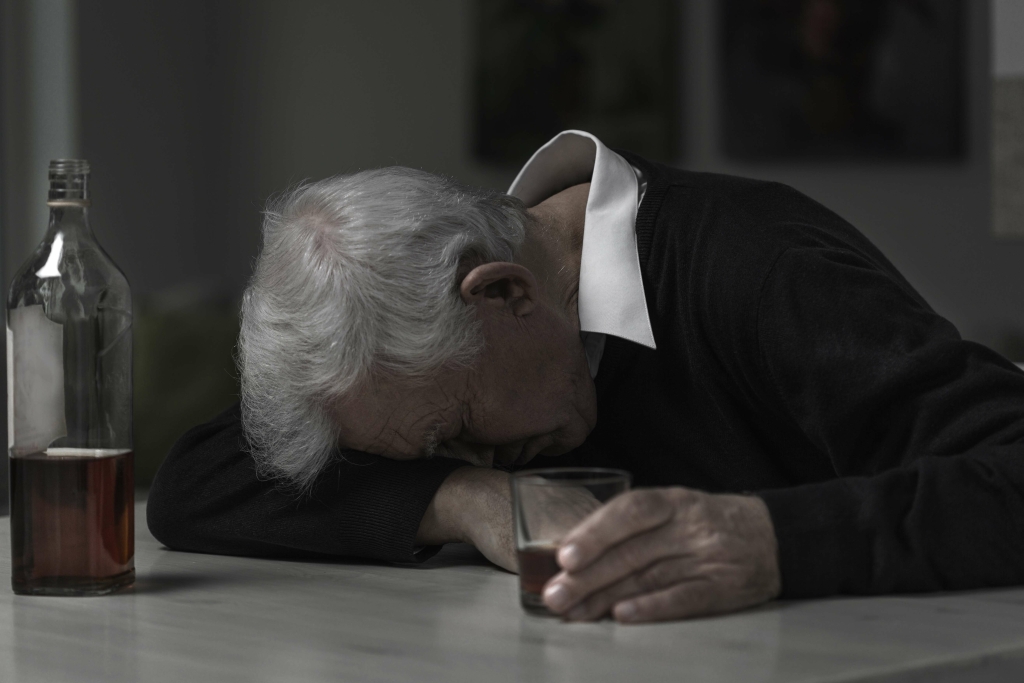Content
During detox from alcohol, medical supervision can be an important component of the process. This first phase of withdrawal is characterized by acute symptoms. Usually occurring about eight hours after the last drink was consumed this is when the first symptoms from not having alcohol in the body begin. Insomnia, anxiety, irritability, moodiness, nausea, vomiting, issues focusing, and heart palpitations all can happen during this stage. The heavier and longer the drinking has been, the more severe the withdrawal symptoms are. When a person’s body has become addicted to alcohol or another substance and this substance is suddenly absent from the body, the brain, body, and blood can go into shock. This second stage of alcoholism can manifest with more physical issues as well as increased social problems.
Content is reviewed before publication and upon substantial updates. If you have questions about alcohol withdrawal treatment or home detox,call The Recovery Villageto speak with a representative about how professional treatment can help you. Alcohol withdrawal causes a variety of different symptoms including fatigue, anxiety, depression, loss of appetite, nausea, and vomiting.
Severe Symptoms
About five percent of the patients who experience DT’s die from metabolic or cardiovascular complications, trauma, or infections (Victor and Adams 1953; Cutshall 1964). Delirium tremens includes the severe symptoms of alcohol withdrawal, as well as a change in mental status, severe agitation, symptoms of delirium , and occasionally hallucinations. After administration of a trial load, the patient’s response should be noted. The CIWA-Ar should be used to help adjust dosage, detect complications, and identify patients who require more intensive therapy. Α- or β- Blockers should be considered for autonomic hyperactivity that is not controlled with the benzodiazepines; however, such intervention cannot be used alone. Haloperidol can be used for hallucinations; however, administer cautiously if used alone.
- If you go to the hospital for another reason, tell the providers if you’ve been drinking heavily so they can monitor you for symptoms of alcohol withdrawal.
- Withdrawal symptoms can change quickly and aggressively, which is why it’s important to detox under the care of medical professionals.
- Alcohol is poisonous, so the liver has to filter it and convert it into something less deadly.
- About half of people with alcoholism will develop withdrawal symptoms upon reducing their use, with four percent developing severe symptoms.
- Fiellin DA, Samet JH, O’Connor PG. Reducing bias in observational research on alcohol withdrawal syndrome.
Complications, including seizures, arrhythmias, and infection, can be treated as usual. The skills and expertise of the available chemical dependence services should be used. They are usually generalized, selflimited, and single or occur in a short series. Intravenous administration of diazepam can be used to stop an acute episode. The use of phenytoin and the need for a loading dose of long-term anticonvulsant therapy are two issues that frequently arise.
Alcohol withdrawal timeline
Alcoholics who experience seizures during detoxification are more likely to have had previous episodes of Alcohol Detoxification than patients who did not have seizures during withdrawal. In addition, people with previous withdrawal syndromes are more likely to have more medically complicated alcohol withdrawal symptoms. Symptoms typically include anxiety, shakiness, sweating, vomiting, fast heart rate, and a mild fever. More severe symptoms may include seizures,and delirium tremens . Symptoms typically begin around six hours following the last drink, are worst at 24 to 72 hours, and improve by seven days.
How long do you have to drink to detox?
While the time it takes to detox from substances varies from person to person, detox programs are generally between 3 to 10 days long, depending on medical necessity.
In severe cases of withdrawal, the seizures (“shakes”) and hallucinations which characterize delirium tremens https://ecosoberhouse.com/ will begin to occur. Delirium tremens is a condition which characterizes extreme alcohol withdrawal.
For people living with substance use disorder, it can be tempting to try and quit alcohol cold turkey.
Patients ≥18 years old admitted to general floor, with or without history of alcohol abuse. Sarah Bence, OTR/L, is an occupational therapist and freelance writer. She specializes in a variety of health topics including mental health, dementia, celiac disease, and endometriosis. You may choose to stay close to supportive family members or friends, or have an «accountability buddy,» who is aware of what you’re doing and can come assist you or call for medical help if needed. Keep a list of important phone numbers on hand, because you might not be thinking clearly during withdrawal.

Males who have 15 or more drinks per week and females who have 8 or more drinks per week are considered heavy drinkers. The goals of treatment are amelioration of symptoms and prevention of complications. Mild alcohol withdrawal can be managed with a quiet, supportive environment, reorientation, and one-to-one contact. If patients progress symptomatically despite a supportive environment, pharmacologic treatment should be instituted.


Comentarios recientes